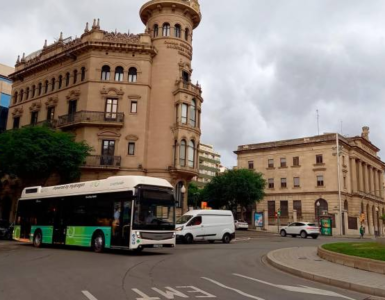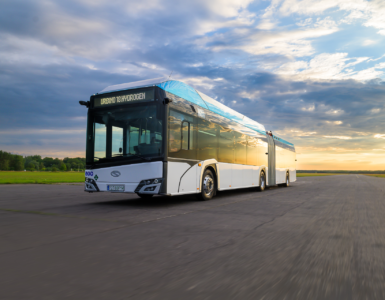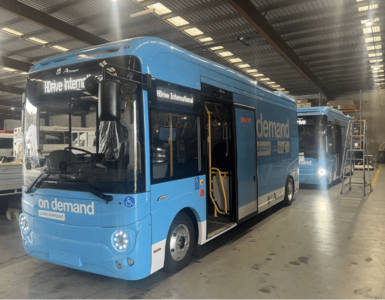Hydrogen motorcycles aim to clean up transport’s dirty little secret.
Two-wheeled transport isn’t as clean as you might think.
Despite escaping many of the restrictions imposed on cars by cities such as London and Paris, mopeds, scooters, and motorbikes often belch out a lot more harmful emissions than their 4-wheeled cousins.
Two-stroke engines of the kind found in many two- and three-wheeled vehicles, particularly those popular in Asia, Africa and southern Europe, produce on average 124 times more volatile organic compounds (VOCs) than other vehicles.
🔥 What about we co-host a webinar? Let's educate, captivate, and convert the hydrogen economy!
Hydrogen Central is the global go-to online magazine for the hydrogen economy, we can help you host impactful webinars that become a global reference on your topic and are an evergreen source of leads. Click here to request more details
Levels of benzenes, a cancer-causing VOC, from an idling scooter are as much as 300,000 micrograms per cubic metre, compared with an EU safety level of 5 mcg/cu., according to a study from the Paul Scherrer Institute in Villigen, Switzerland.
While very few two-stroke bikes are sold in the UK, except to enthusiasts, they remain popular in parts of Asia and Africa where sales growth is some of the fastest in the world.
There are 270 million motorcycles in circulation globally with another 500 million sold every year, according to the United Nations Environmental Programme.
Battery-electric bikes are already making a dent in the two-wheeler market: China was responsible for 53% of global two-wheeler sales in 2021, of which 70% were EVs. But now hydrogen-fuelled vehicles are beginning to raise their handlebars above the parapet.
Last week, US-based Triton Electric Vehicle announced that it will soon launch hydrogen-fuelled two- and three-wheeled vehicles in India. Details were scant, but the company said the vehicles are in the production phase.
India was the biggest market in the world for motorcycles between 2016 and 2020, peaking at just over 21 million in 2019, but was overtaken by China during the pandemic.
It is also an emerging clean hydrogen production and export hub. In February, Mukesh Ambani, the billionaire chairman of Reliance Industries, said he is planning to invest $75 billion in renewable energy infrastructure, including solar panels and electrolysers for producing green hydrogen.
In June, French oil supermajor TotalEnergies and Indian billionaire Gautam Adani formed a partnership with the aim of creating “the largest green hydrogen ecosystem in the world.” Less than a month later, the India Hydrogen Alliance revealed plans to create 25 national green hydrogen projects across 5 national hydrogen hubs by 2025.
Hydrogen two-wheelers are also gaining traction in Europe.
In June last year, the Mob-ion TGT scooter concept proposed the use of refillable hydrogen canisters the size of a reusable water bottle that can be swapped out easily for near-instant refuelling.
In France, where Mob-ion is based, millions of two-wheelers are used every day for commutes and most people don’t have access to overnight charging, the government sees real value in a hydrogen-based solution.
Other hydrogen two-wheelers include the Segway Apex H2, developed by China’s Xiaomi that it aims to bring to market by 2023.
Sports bike manufacturers are also seeing the potential of hydrogen combustion engine. In October 2021, Kawasaki and Yamaha said they had begun a joint research project to develop hydrogen engines. In February of this year, Yamaha unveiled a V8 hydrogen powered car engine that sets the stage for a two-wheeled version.
Quick to refuel and producing no tailpipe emissions apart from water vapour, hydrogen fuel cell powered motorcycles promise to clean up transport’s dirty little secret, saving lives and the environment in the process.
READ the latest news shaping the hydrogen market at Hydrogen Central
Hydrogen motorcycles aim to clean up transport’s dirty little secret, July 28, 2022








